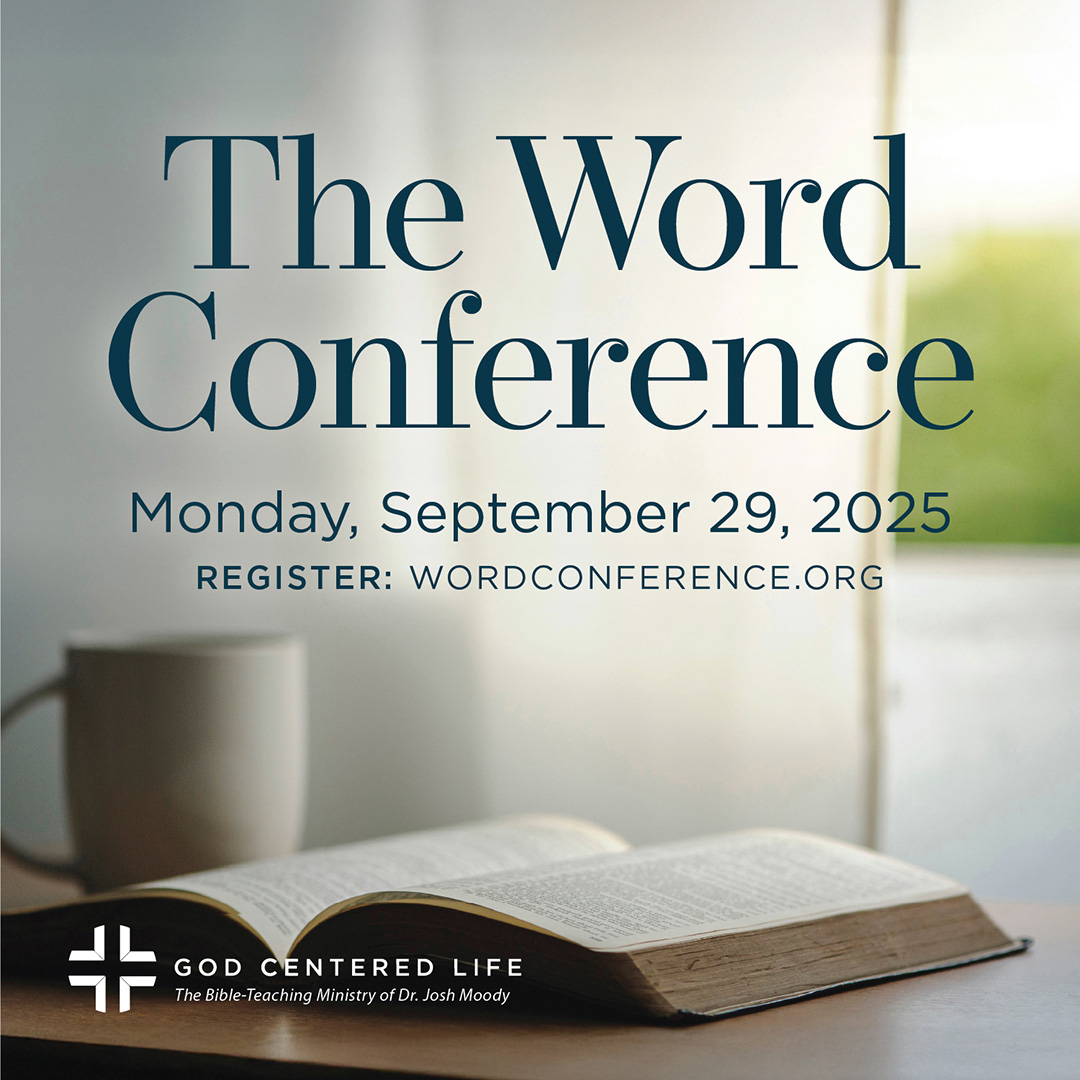Expositing Psalms
May 4, 2013
TODAY'S BIBLE READING:
1 Out of the depths I cry to you, O Lord! 2 O Lord, hear my voice! Let your ears be attentive to the voice of my pleas for mercy!
3 If you, O Lord, should mark iniquities, O Lord, who could stand? 4 But with you there is forgiveness, that you may be feared.
5 I wait for the Lord, my soul waits, and in his word I hope; 6 my soul waits for the Lord more than watchmen for the morning, more than watchmen for the morning.
7 O Israel, hope in the Lord! For with the Lord there is steadfast love, and with him is plentiful redemption. 8 And he will redeem Israel from all his iniquities.
In Journey to Joy I call my chapter on this psalm “Living Guilt Free.” That is because right at the core of the psalm (sometimes called “De Profundis” because of the beginning words “Out of the depths”) is a wrestling with sin and forgiveness. Most authorities on the Psalms would instruct me when preaching this form of literature to be particularly aware of the genre of the psalm, that it is Hebrew poetry, not the more familiar types of literature that we more commonly preach. Helpful as that reminder is – and commentaries which point to the structures of various psalms – it is, I think, especially important to allow the picture language of the psalm to embed itself in the imaginative center of my mind. I have to “see” the depths. I have to imagine what it would feel like to be crying out to God pleading for mercy. I have to wrestle with the strange cognitive dissonance of calling upon God with whom there is forgiveness and that therefore he is to be feared. I have to imagine the watchmen, with their long wait for the morning. Preaching the Psalms is less like scanning through the narrative flow of a portion of drama in the Bible than it is like staring at a painting. I have to sit down opposite the picture. I have to let my mind settle down and really “see” the painting as it is. What does this Caravaggio mean? Why is Salvador Dali painting these clocks in this particular way? What about Banksy’s urban art – what is it that is being said in this graffiti? This, I think, is why the Psalms particularly appeal to people who are in “De Profundis.” Often the Psalms are written by hurting people, desperate people; other times they are written by people on the heights (and not just in the depths). But always they are written by people who are fully experiencing what they are experiencing. They touch us when we need to be touched and shaped by something (and ultimately Someone) real. The forgiveness in this psalm hangs a question mark whose solution is only found at the cross. But then this psalm is also a crucifixion and resurrection itself. It is a pattern – a pattern I have to see to grasp – whose meaning reaches in and reshapes my mental imaginative landscape to be more in line with the Painter Himself.]]>ABOUT THE AUTHOR
Josh Moody (Ph.D., University of Cambridge) is the senior pastor of College Church in Wheaton, IL., president and founder of God Centered Life Ministries, and author of several books including How the Bible Can Change Your Life and John 1-12 For You.
WANT MORE?
To receive God Centered Life devotionals directly in your inbox, as well as other resources, enter your email address in the form at the bottom of this page and click "subscribe."

